It’s that time of year again. The mountains have received their first few dustings of snow. The thermometers are dropping. The chatter among friends is growing increasingly excited. Ski and snowboard season is just around the corner!
Now is the time to start putting in some lead work. A pre-season conditioning and training program can maximize the amount of fun you have on the hill this winter. A little planning ahead of time can also help prevent injuries to make sure your season goes as long as the conditions allow.
When thinking about a training program for skiing or snowboarding, strength, power, balance, endurance and cardio are all important. For starters, you’ll want to focus on the muscle groups that are most important to performance: quads, gluts, hamstrings and core. Below is a series of exercises to help get you started along with some progressions for continued challenge. For each of these moves, aim for two to three sets of 10 to 20 repetitions, two to four times per week. You should feel moderate fatigue, and can build up to additional reps, sets and days as you are able to.
If you need a little extra help though, your physical therapist can be a great resource. After performing a comprehensive evaluation, they can help identify the areas that need the most attention and work with you to develop a plan to tackle the slopes this season.
Alternating Lunges
- Take a large step forward, lowering into a lunge position. Your forward knee should be over your forward foot and not beyond. Then raise yourself back to the starting position by pushing powerfully through your front leg. Switch legs.
- Make sure to keep your trunk upright during the exercise. Do not let either knee collapse inward or let your knees move forward past your toes.
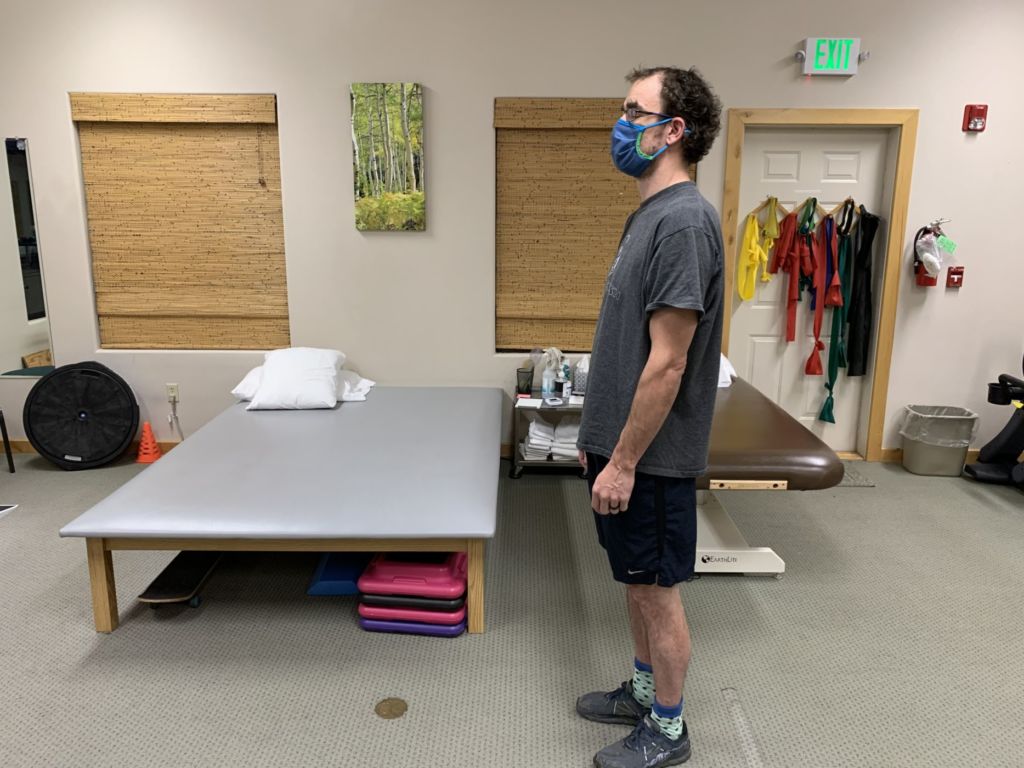
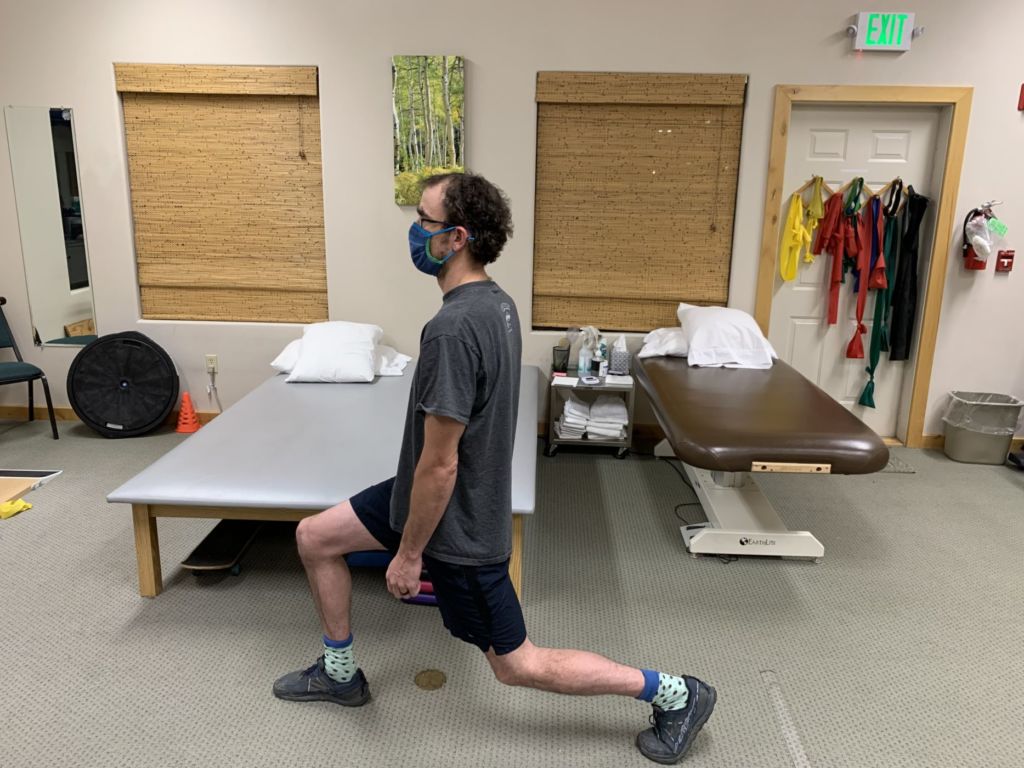
Progression: Alternating Jumping Lunges
- Move into a lunge position and then explosively drive both feet into the floor and launch your body upward, fully extending your knees and hips.
- As you jump into the air, switch positions as you begin to land so that your opposite foot is forward. You should also simultaneously switch arms.
- As you land, maintain a balanced foot position. Your forward knee should be over your forward foot and not beyond. Attempt to land softly on the forward mid-foot and let your heel come in contact with the ground.
- Drop to a deep lunge position as you prepare to start the next jump lunge.
- Repeat the jump lunge movement without pausing between repetitions
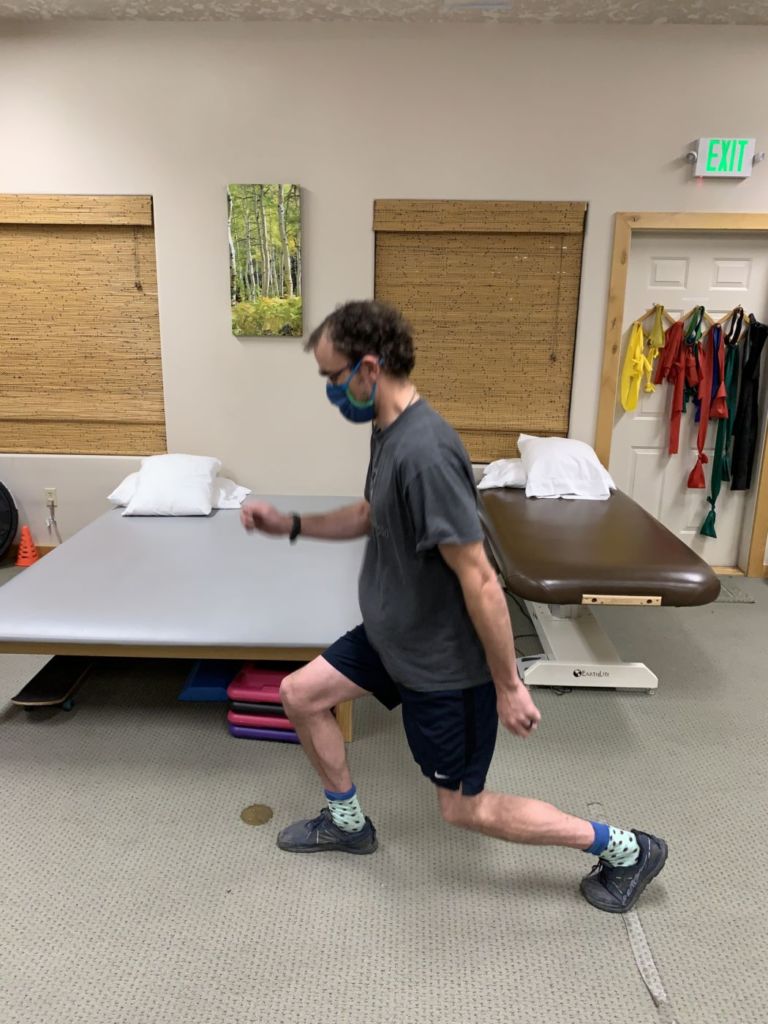
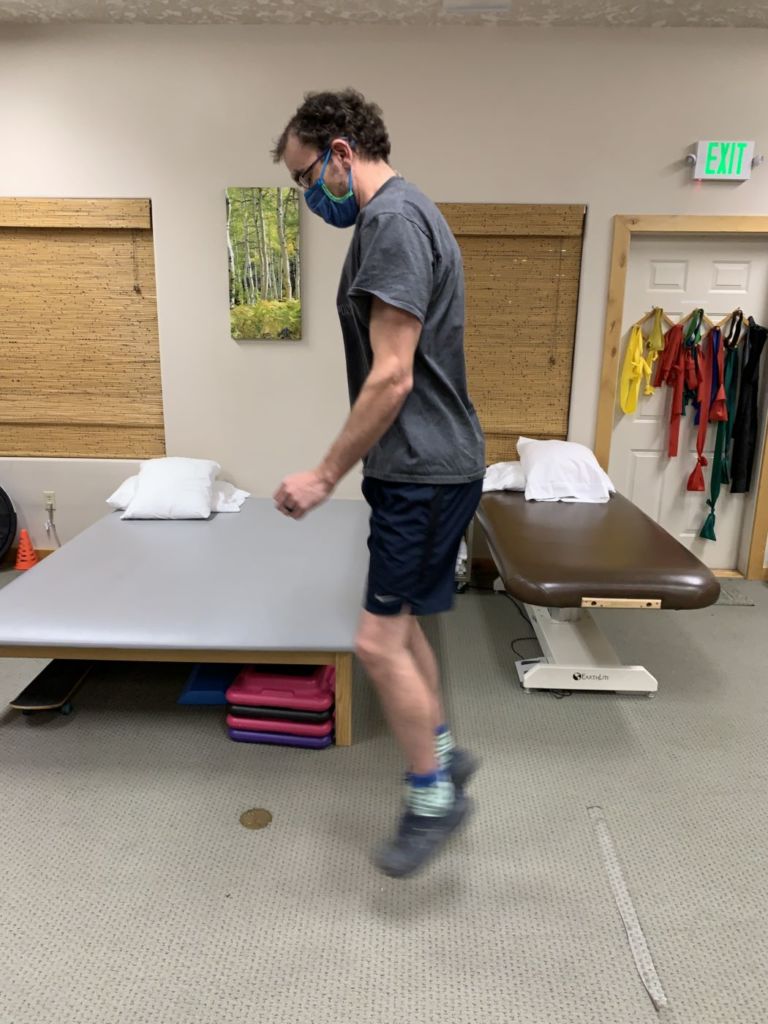

Bridge with a Squeeze
- Engage your abdominals as you gently squeeze an exercise ball between your knees and lift your hips off the ground into a bridge position. Hold briefly, then lower back down to the ground and repeat.
- Make sure to keep your core engaged and your movements slow and controlled. Do not let your hips rotate to either side during the exercise.


Progression: Marching Bridge
- Tighten your abdominals and slowly lift your hips off the floor into a bridge position. Lift one leg off the ground, keeping your knee bent. Lower it back down and repeat, alternating legs.
- Make sure to keep your hips elevated and do not let your pelvis twist throughout the movement.

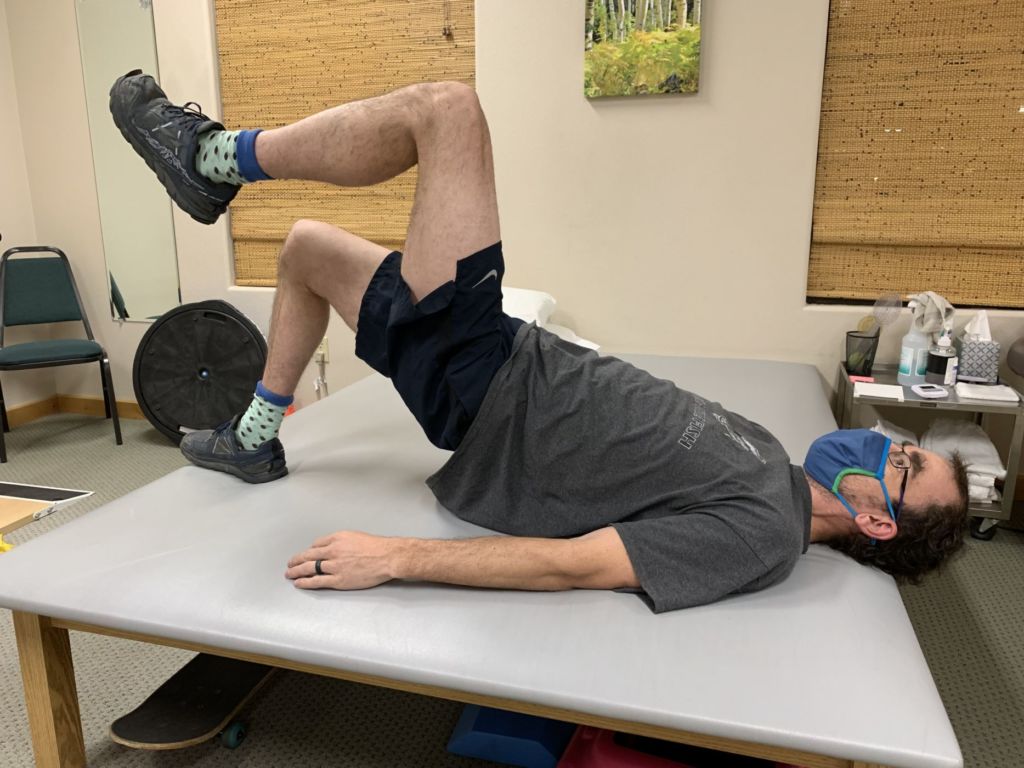
Squat with Resistance Band
- Stand with your feet slightly wider than shoulder-width apart and a resistance band or loop secured around your lower thigh just above the knee.
- Bend at your knees and hips, lowering your body toward the ground to perform a squat, then return to your starting position.
- Make sure to keep your back straight by bending at the hips. Do not allow your knees to collapse inward during the exercise.

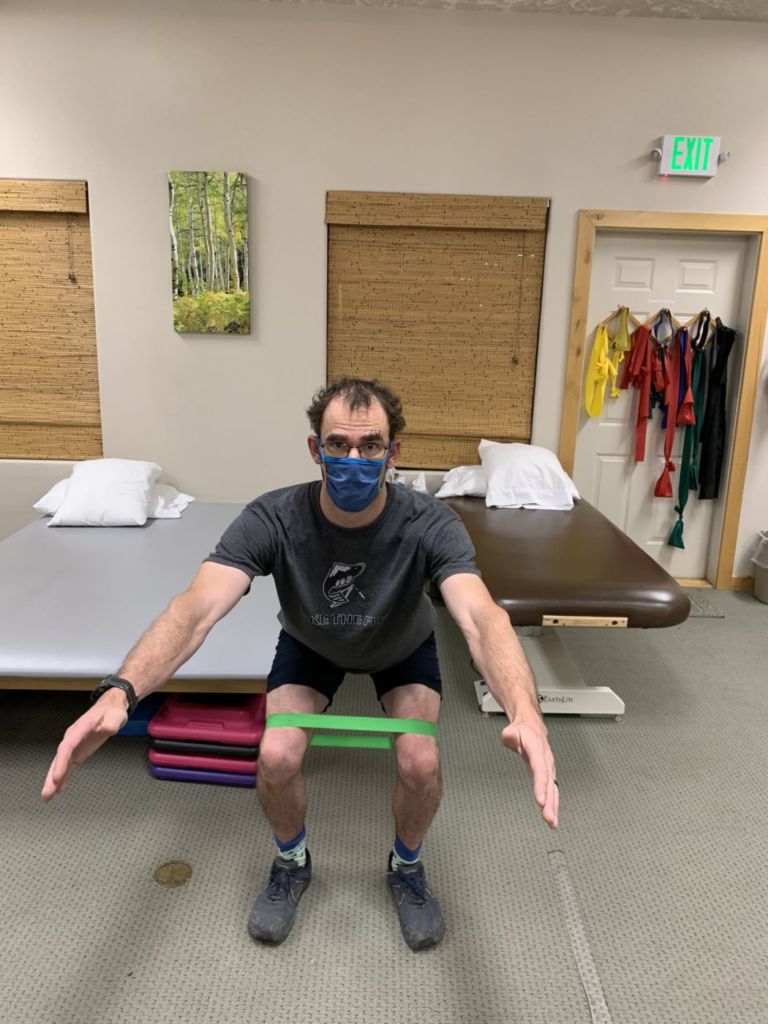
Progression: Jumping Squat
- Drop into a squat position, then explosively drive both feet into the floor and jump as high as possible reaching overhead.
- Land softly letting your hips and knees absorb the impact as you immediately lower back into a squat position
- Do not pause at the bottom of the motion

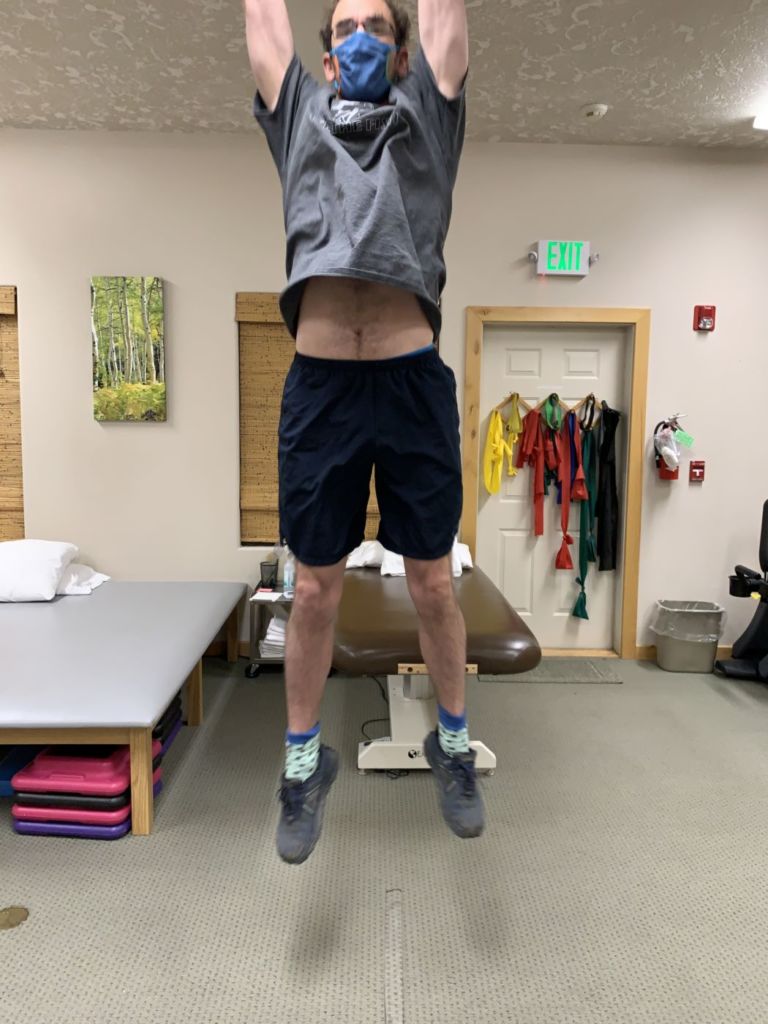
Plank
- Engage your abdominal muscles and lift your hips and legs up into a plank position, keeping your elbows directly under your shoulders. Hold this position.
- Make sure to keep your body straight with your shoulder blades pressed slightly apart.
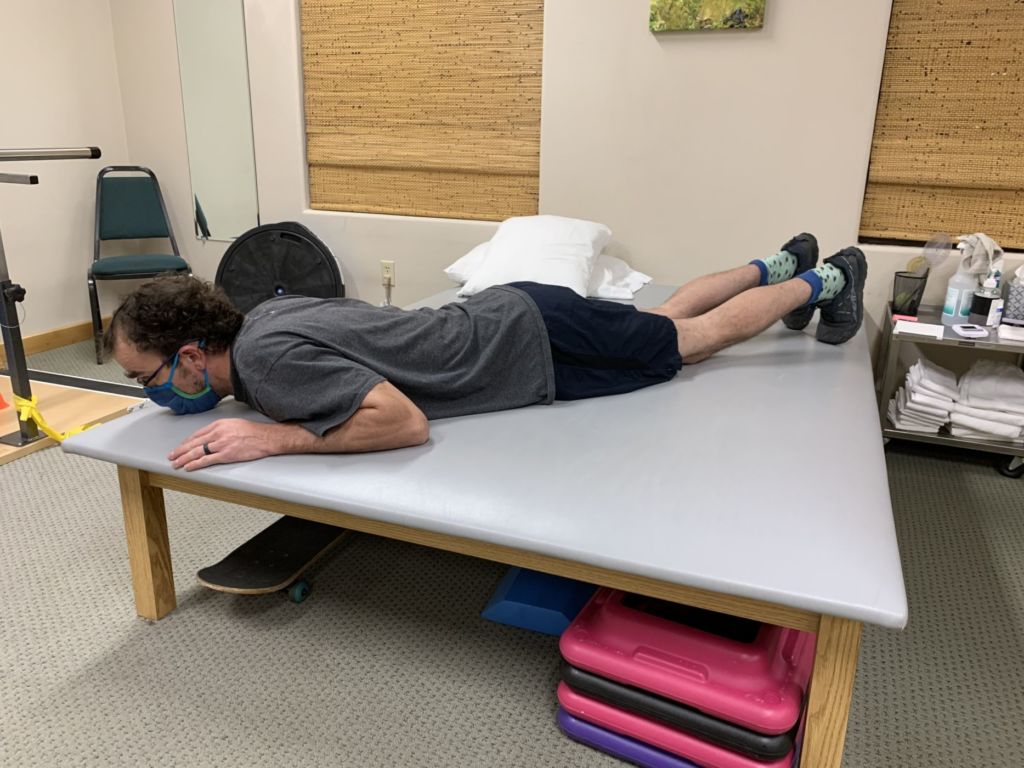
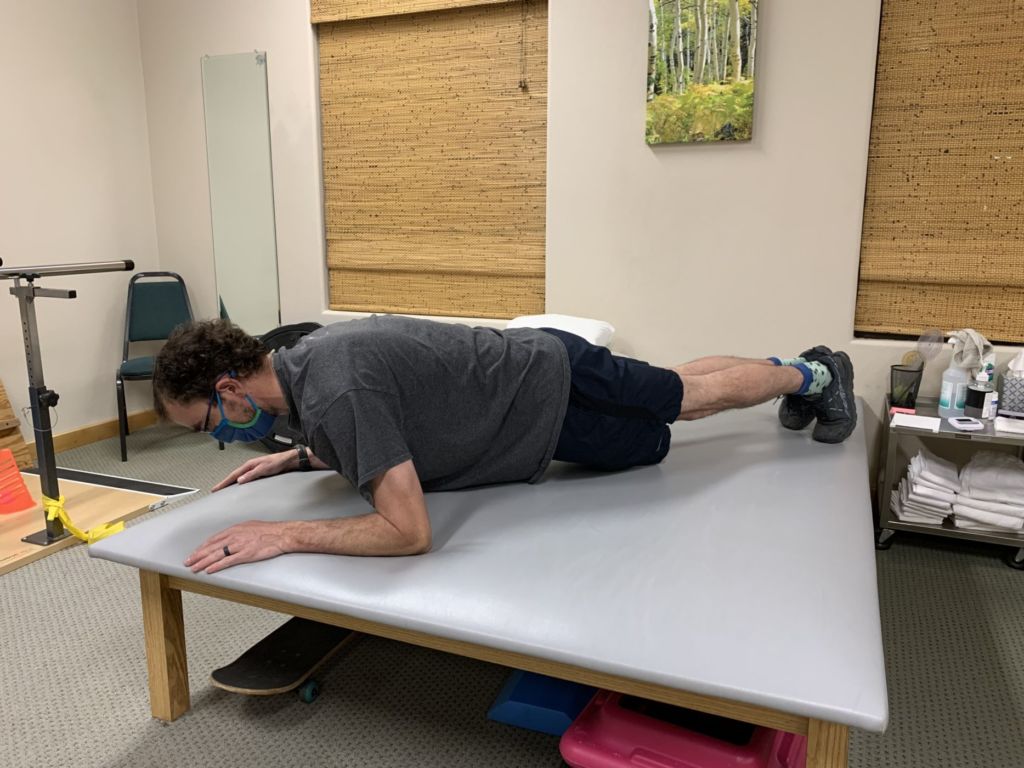
Progression: Mountain Climber
- Get into a front plank position with your elbows on an exercise ball.
- Once set, slowly raise a knee toward your chest and return. Alternate legs.
- Hold your abdominals in to prevent your back from sagging. Keep your body straight and do not let your back or hips rotate.

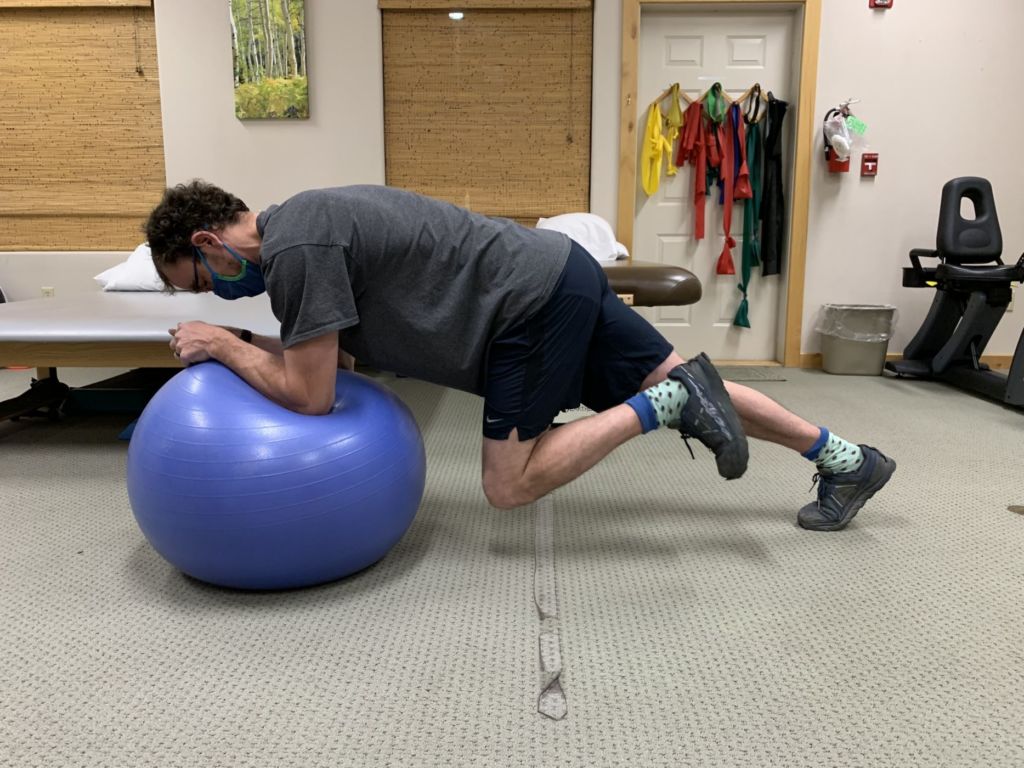
Side Plank
- Lift your hips off the floor so your body is in a straight line and your hips and shoulders are facing forward. Hold this position.
- Make sure to keep your head in line with your trunk, do not let your hips drop toward the floor, and do not roll forward or backward during the exercise.
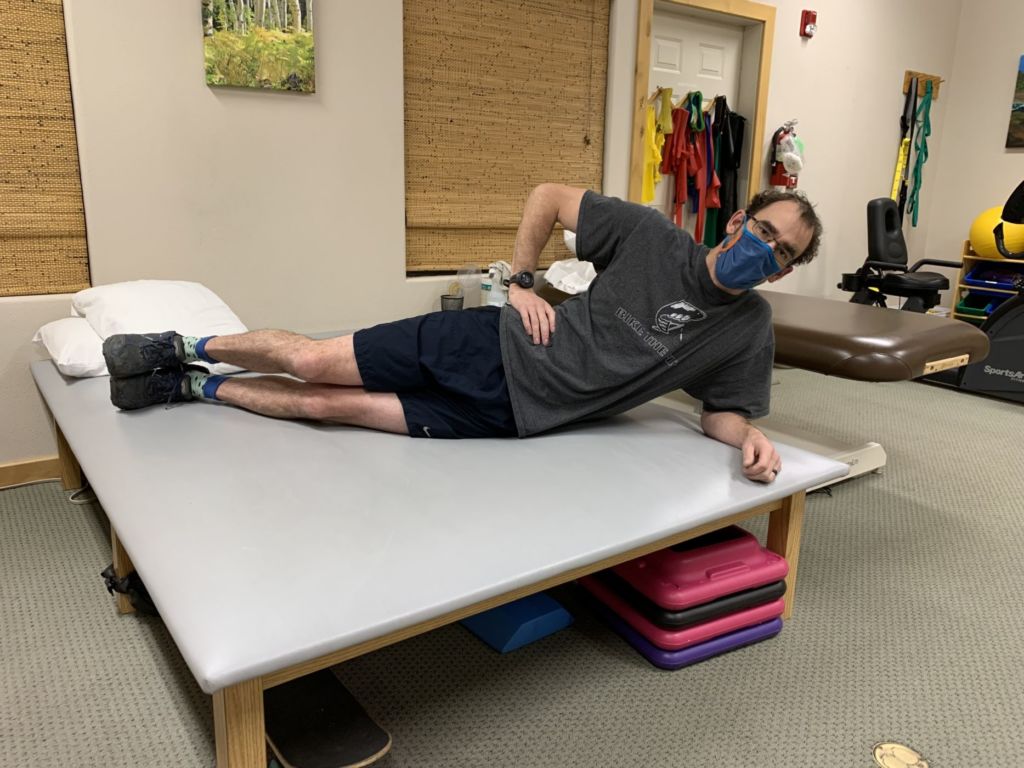

Progression: Side Plank Clamshell
- Begin lying on your side with your legs bent at a 90 degree angle and resting on your forearm.
- Tighten your abdominals and lift your hips off the floor into a kneeling side plank position. Lift your top knee, hold briefly, then relax and repeat.
- Make sure your head, hips, and knees are in one straight line and do not let your hips roll backward or forward during the exercise.


Floor Clock
- Imagine you are standing in the middle of a clock.
- Shift your weight onto one leg, then bend your stance knee as you reach forward with the other foot toward 12 o'clock, then bring it back to the starting position and reach toward 3 o'clock. Continue, reaching toward 6 o'clock, then 9 o'clock, and repeat.
- Make sure to keep your hips level as you reach with your leg, and do not let your standing knee collapse inward.
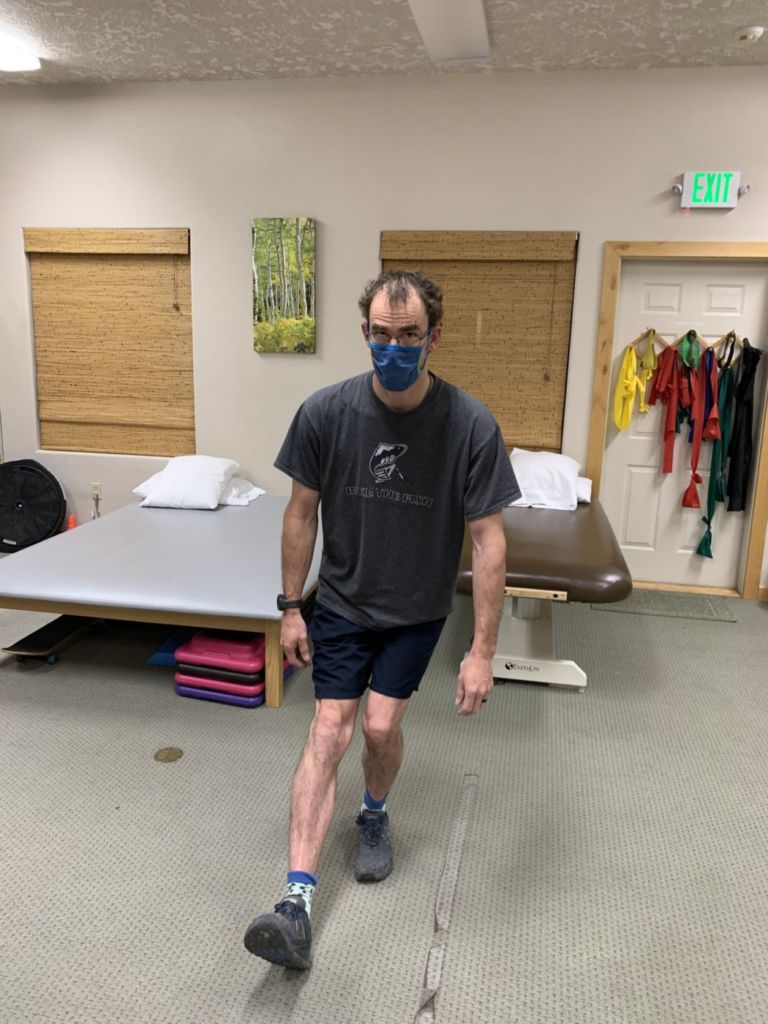

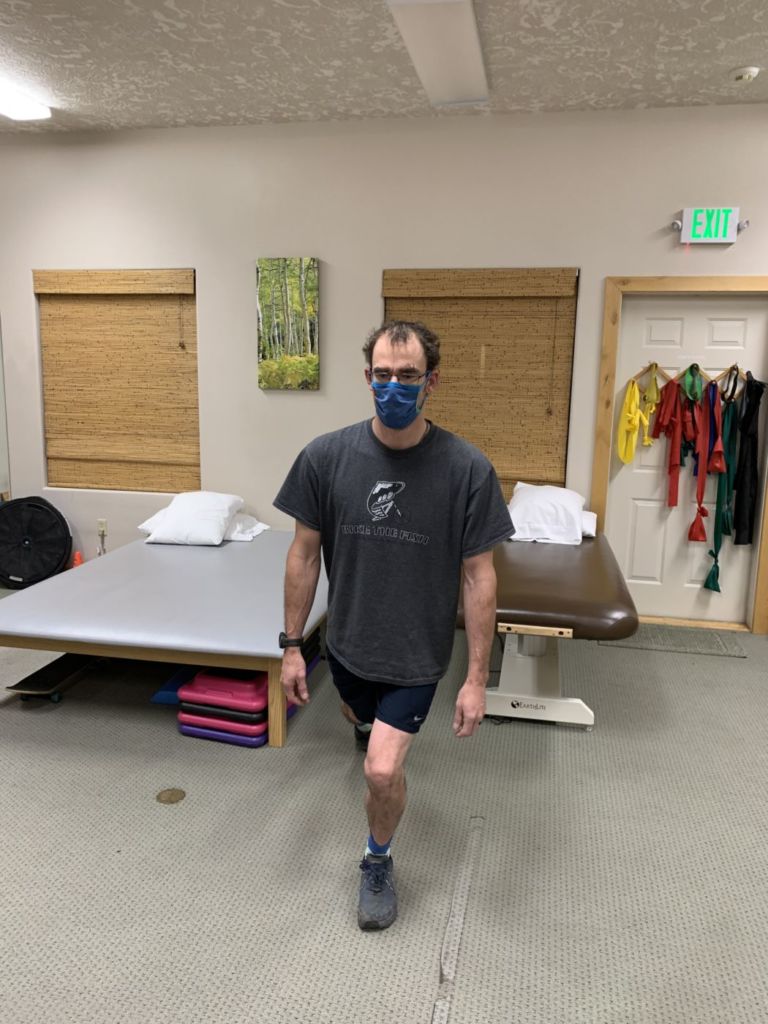

Burners
- This is an advanced circuit that will build intensity once you have mastered the basic lunge and squat moves.
-
Perform this sequence as a circuit without resting between exercises:
• 10 squats • 10 lunges • 10 jumping lunges • 10 jumping squats - Rest for 30-60 seconds. Repeat for 2-4 sets.
Our goal is helping you meet yours.
We look forward to helping you get the most out of your winter sports season. Our therapists are committed to the application of evidence-based treatment techniques to ensure you experience the best in rehabilitation and preventative care and see progress with every visit.


